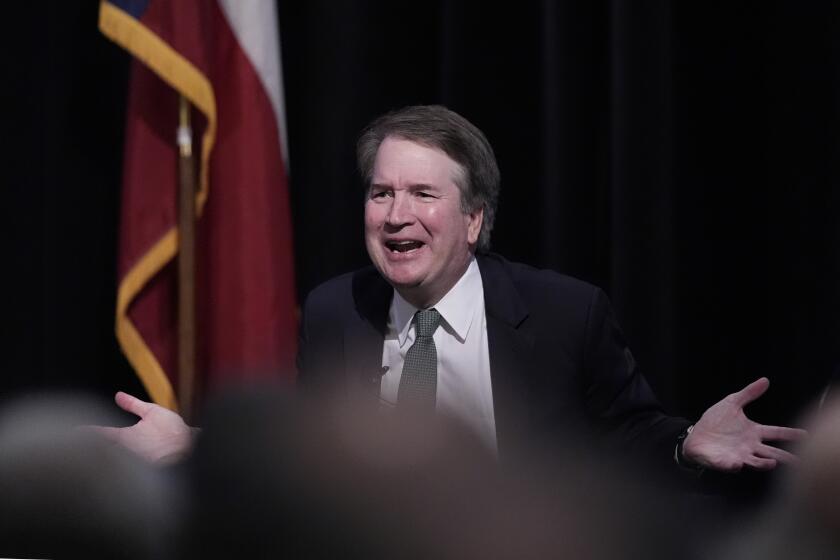Canada’s High Court Allows Some Possession of Child Pornography
A long-awaited decision by Canada’s Supreme Court on Friday clarified what is and isn’t child pornography, upholding a law that bans possession of child pornography but creating exceptions that child advocacy groups decried as “opening the doors to pedophiles.”
In resolving a yearlong challenge, the court tried to strike a balance between protecting children from sexual exploitation and preserving the freedom of thought, belief and expression.
The exemptions given Friday were for materials created strictly for personal use and not shared, and private recordings of lawful sexual activity held for private use. The court cited confidential diaries and teenage couples’ self-taped videos as examples. The age of consent in Canada is 14.
“Freedom of expression is not absolute,” Chief Justice Beverley McLachlin wrote, noting that privacy protections may be overridden in the case of antisocial materials. “Where the two values stand in stark opposition, prevention of harm to children must prevail.”
The 6-3 ruling centered on the case of John Robin Sharpe, a 67-year-old divorced father of two who was arrested in 1995 for creation, possession and distribution of child pornography. The materials included explicit pictures of boys as young as 7 and a collection of his own sadomasochistic stories titled, “Kiddie Kink Classics.”
In 1999, a British Columbia court struck down his conviction, saying that outlawing a person’s own creations bordered on thought control.
Opponents of the child pornography law had argued that it was too broad and could be interpreted to cover personal diaries, home movies of children and books such as Vladimir Nabokov’s “Lolita.” But the court said that such objections were overstated and that works of art, education and medical reference would be protected by the exemptions.
“Innocent photographs of a baby in the bath and other representations of nonsexual nudity are not covered by the offense,” the ruling said. Further refinements, the court said, will be up to Parliament, and legislation is already underway to include outlawing child pornography from the Internet and the luring of children into sexual activity.
Three of the court’s nine justices had argued to keep the law intact, without any exemptions.
Outside the courtroom Friday, Rob McNamara, vice president of the group Victims of Violence, spoke with a breaking voice after the ruling.
“The Supreme Court is opening the doors to pedophiles. There’s absolutely no place [for them],” he said. “You want tolerance? Ours is a zero-tolerance [policy]. Protection of our children should not be 95%. . . . It should be 100%.”
Sharpe will be retried on the same charges that were dismissed in 1999. Surly and defiant after the ruling, the retired city planner said he would defend himself and plead “not guilty.”
“There has been a vast increase in child pornography in recent years with the Internet--but neither the police nor the psychological experts have shown that there’s been a corresponding increase in sexual assault,” he told CBC television Friday. “This whole thing is a myth based on the moral assumption of certain psychiatrists.”
About 100 similar pornography charges across Canada have been on hold pending the high court’s ruling. The Supreme Court’s two exceptions to the law will now be applied by judges case by case.
In the U.S., possession of child pornography is also against the law, including “virtual porn”--computer-generated images that don’t involve live children. The U.S. Supreme Court agreed Tuesday, however, to reconsider the 1996 law that bans the computer images, after a challenge from groups that say virtual porn actually protects children by creating materials without their involvement.
More to Read
Start your day right
Sign up for Essential California for news, features and recommendations from the L.A. Times and beyond in your inbox six days a week.
You may occasionally receive promotional content from the Los Angeles Times.






